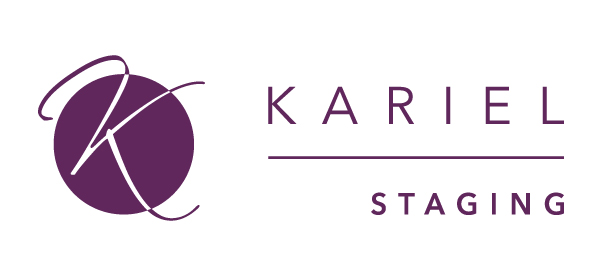Book Shelves, by Susan Adair
When selling your house, making book shelves look great is an important element to the overall look. They may be either built in or free standing. Here are some tips:
- These are not for storage in the strict sense. So, no cardboard boxes with flaps!
- Lots of designers divide the shelving unit into visual grids when dressing it. This can help you to keep things looking balanced.
- Keep books to the front of each shelf. That way they are not hiding back in the shadows
- Vary the heights. Some books can stand up, some on their sides. A piece of sculpture, a pitcher from your kitchen cupboard or a picture frame can keep things interesting. Stay away from personal photos.
- Layer. A framed picture can stand up at the back of the shelf and a few books in the front that don’t hide the whole frame.
- Repeat elements. An element can be a color or maybe you have a collection of pottery or glass. Three items can be defined as a collection, so don’t get carried away! A few of these things can enter into the mix.
- A simple way to create a great look is to stack all books on their sides, a few on each shelf. Done!
- Small things will “read” as clutter, so fewer, larger items will look and photograph better.
- No books? Sculpture or glass or pottery can dress shelves beautifully. Stay away from tiny items.
Limit the color palate. Above all, stand back once in a while and make sure the whole thing looks balanced. One item per shelf is often all that’s needed. Have a little fun with it. Seemingly little details add up to help buyers fall in love with the house!
Your friendly staging consultant, Susan
